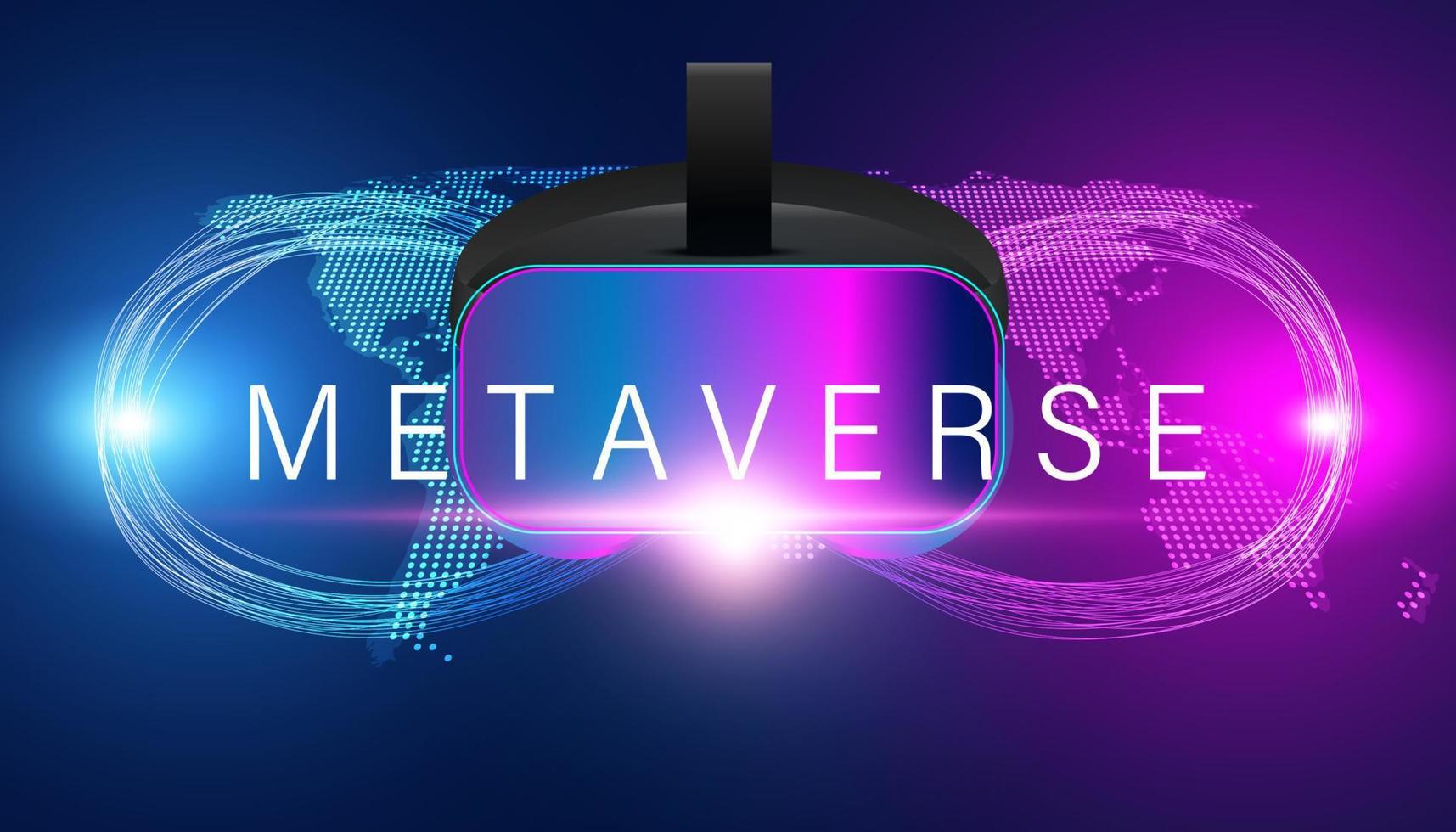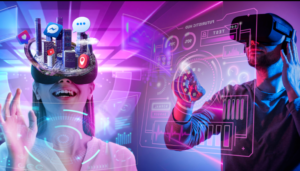
In recent years, the concept of the Metaverse has become a focal point of discussion in the world of modern technology. As a seamless blend of the digital world and reality, the Metaverse promises to transform how we interact, work, and play. But what exactly is the Metaverse, and why is it hailed as the future of digital connection?
Understanding the Metaverse
The Metaverse is a collective virtual shared space that combines aspects of virtual reality (VR), augmented reality (AR), and the internet. Imagine a digital world where you can socialize, work, shop, learn, and entertain yourself—all from the comfort of your home, yet feeling as if you are physically present in these experiences. This is the essence of the Metaverse, a 3D virtual universe that enables immersive interactions and experiences beyond the capabilities of our current digital platforms.
The Role of Modern Technology
Modern technology is the backbone of the Metaverse, driving its development and expanding its possibilities. Technologies like VR and AR are crucial in creating immersive environments that mimic real-world experiences. With advancements in graphics, processing power, and internet connectivity, these technologies are becoming more accessible, enabling a wider audience to engage with the Metaverse.
Blockchain technology is also pivotal in the Metaverse, facilitating secure digital transactions and ownership. This includes the use of cryptocurrencies and non-fungible tokens (NFTs), which allow for the buying, selling, and trading of virtual goods and assets within the Metaverse. These technologies are helping to build a robust digital economy within this new digital world.
Transforming Digital Connection
The Metaverse is set to redefine digital connection by offering a more interactive and engaging way to connect with others. Unlike traditional social media platforms, the Metaverse provides a sense of presence and immersion that can make digital interactions feel more authentic and meaningful.
- Social Interactions: In the Metaverse, users can meet friends, attend events, and participate in activities together, regardless of geographical barriers. This creates opportunities for deeper social connections and collaboration.
- Work and Collaboration: The Metaverse is transforming the workplace by providing virtual environments for meetings, collaboration, and training. Companies can create digital offices where employees from around the world can work together in real-time, enhancing productivity and innovation.
- Education and Learning: The Metaverse offers new avenues for education and learning. Virtual classrooms, interactive simulations, and immersive educational experiences can make learning more engaging and effective.
- Entertainment and Leisure: From gaming to virtual concerts, the Metaverse offers endless possibilities for entertainment. Users can explore digital worlds, attend live events, and even create their own content, fostering a dynamic and diverse entertainment landscape.
Challenges and Considerations
While the Metaverse holds great promise, it also presents challenges that need to be addressed. Privacy and security concerns are paramount, as users will share vast amounts of personal data in these digital environments. Ensuring inclusivity and accessibility is also crucial to prevent digital divides and ensure everyone can participate in the Metaverse.
Moreover, the development of the Metaverse requires significant technological infrastructure and innovation. This includes advancements in hardware, such as VR headsets and haptic devices, as well as improvements in software and network capabilities.
How VR and the Metaverse Relate to Each Other

The concept of the Metaverse has gained significant traction as a transformative force in the realm of modern technology. Central to this transformation is Virtual Reality (VR), a technology that plays a pivotal role in bringing the Metaverse to life. By examining how VR and the Metaverse relate to each other, we can better understand their combined potential to reshape the digital world and enhance digital connections.
What is Virtual Reality (VR)?
Virtual Reality (VR) is a technology that immerses users in a computer-generated 3D environment, enabling them to interact with this digital world in a way that simulates real-world experiences. By wearing a VR headset, users can explore virtual spaces, manipulate digital objects, and engage with others in an immersive manner. This technology creates a sense of presence and realism that traditional digital media cannot match.
The Metaverse: A New Digital World
The Metaverse is a vast, interconnected digital world where users can engage in various activities, such as socializing, working, learning, and playing, in a virtual environment. It is a shared space that merges physical and digital realities, providing a new way for people to interact and connect with each other across the globe. In this digital world, users can create and customize avatars, explore virtual environments, and participate in an economy built on virtual goods and services.
The Role of VR in the Metaverse
VR is integral to the realization of the Metaverse, serving as a primary interface for users to access and experience this expansive digital world. Here’s how VR and the Metaverse are intertwined:
- Immersive Experiences: VR enhances the Metaverse by providing users with immersive experiences that closely mimic real-world interactions. With VR, users can feel as if they are physically present in the digital world, enhancing the quality of digital connections and interactions.
- Realistic Interaction: In the Metaverse, VR allows users to interact with the environment and other users in a natural and intuitive way. Gestures, eye movements, and spatial awareness contribute to more realistic and meaningful interactions, making the digital world more engaging.
- Exploration and Creation: VR empowers users to explore vast digital landscapes and create their own virtual spaces within the Metaverse. This ability to build and navigate complex environments is crucial for fostering creativity and personalization in the digital world.
- Enhanced Social Connection: VR brings a new dimension to social interactions in the Metaverse. Users can attend virtual events, meet friends, and collaborate on projects in shared virtual spaces, transcending physical boundaries and enhancing digital connections.
Modern Technology Driving the Metaverse
Modern technology is the backbone of both VR and the Metaverse, driving their development and expanding their capabilities. Advances in graphics, processing power, and internet connectivity are making VR more accessible and affordable, enabling more people to engage with the Metaverse.
Additionally, other technologies such as augmented reality (AR), artificial intelligence (AI), and blockchain are contributing to the growth of the Metaverse. AR blends digital content with the physical world, AI powers intelligent virtual assistants and NPCs, and blockchain enables secure digital transactions and ownership within the Metaverse.
The Future of VR and the Metaverse
As VR technology continues to evolve, it will play an increasingly central role in shaping the Metaverse and its applications. The integration of VR into the Metaverse will lead to new opportunities for digital connection and innovation in various fields, including education, entertainment, healthcare, and business.
Challenges and Considerations
Despite its potential, the widespread adoption of VR and the Metaverse comes with challenges that must be addressed. These include issues related to privacy, security, and digital inclusivity, as well as the need for standardized protocols to ensure interoperability between different platforms and technologies.


